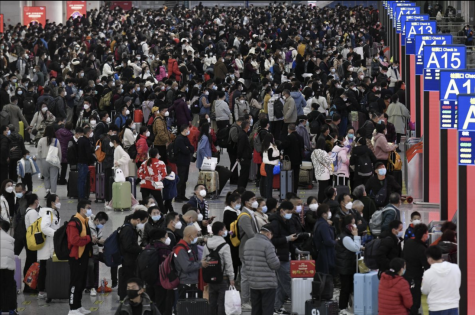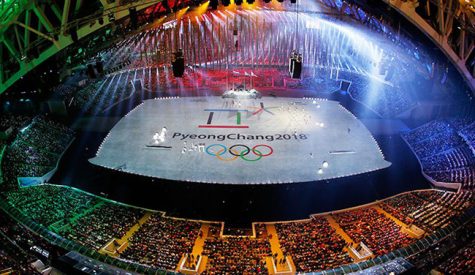The Chinese Island Construction Incites Naval Tension
The South China Sea has been the focus of a territorial dispute for a considerable amount of time. The People’s Republic of China claims that the region is rightfully their territory as they had mapped and named 291 islands and reefed it back in The Republican Era. The reason why China is eager to gain this region is due to the ability to gain tactical superiority (acquiring major trade routes, ability to deny foreign military trespassing – especially the US) and ownership over the massive amount of oil and gas which is assumed to be buried under the sea floor.
Nations like Vietnam, Taiwan and the Philippines, who also claim small portions of the South Chinese Sea, started to develop measures of defense such as placing forces on the islands near the region-of-conflict. However, due to limitations and international laws, forces are only placed in small numbers. The actions taken by such countries didn’t get much of international criticism but when China, despite its late start in this ‘island building game’, entered, all nations connected to this issue went on high alert.
Over the last 18 months, China has been constructing islands larger than the islands its rivals have been building over the past decades. The most important thing of all is that China is the only country in this dispute that has enough modern military vessels to protect its claims.
Although this is a conflict between a few adjacent countries, this could emerge as an international issue if the rules set up by United Nations Convention on Laws of the Sea (UNCLOS) are violated. The UNCLOS states that no nation can claim sovereignty over land masses that are submerged at high tide. Nevertheless, China is trying to claim islands which fit this criteria. At the same time, the United States Navy has been patrolling in this area of dispute to strengthen its relationship with the southeast Asian Allies and it will continue to do so. Currently, they are aiming to push back China’s efforts by applying pressure with the help of Japan and Australia, and it is already showing military movements as the USS Fort Worth is operating close to the disputed sea.
Once the Chinese complete building and equipping its three artificial islands, they will gain incredible tactical superiority when it comes to submarine warfare and making future operations by the US and their allies difficult. However, these allies are causing China quite a bit of stress with the implementation of Japan’s diesel-electric submarines and the Vietnamese Navy building a fleet out of advanced Russian made Kilo-class submarines, while the US is tracking down the movements of the Chinese Jin-class nuclear submarines.
Currently, despite heavy criticism from Washington, China is willing to continue to make progress.
The world, it would seem, is once again returning to the cat-and-mouse hostility of the Cold War.
Sources:
http://blogs.reuters.com/great-debate/2015/06/09/everything-you-need-to-know-about-the-south-china-sea-conflict-in-under-five-minutes/
http://www.reuters.com/article/2015/09/17/us-southchinasea-china-submarines-idUSKCN0RH0DA20150917






